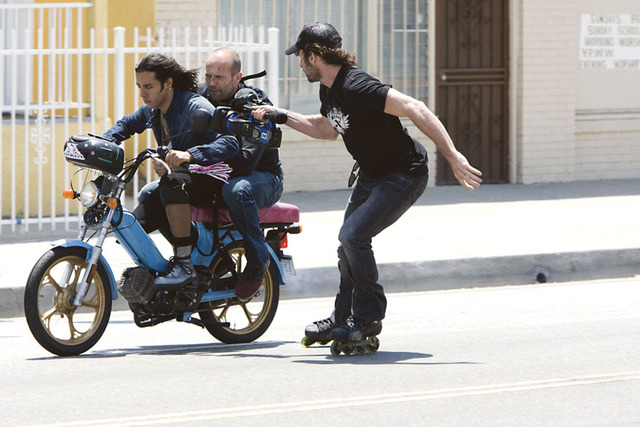Film Interview
An Interview With Writer/Director Mark Neveldine


Latest Article|September 3, 2020|Free
::Making Grown Men Cry Since 1992

